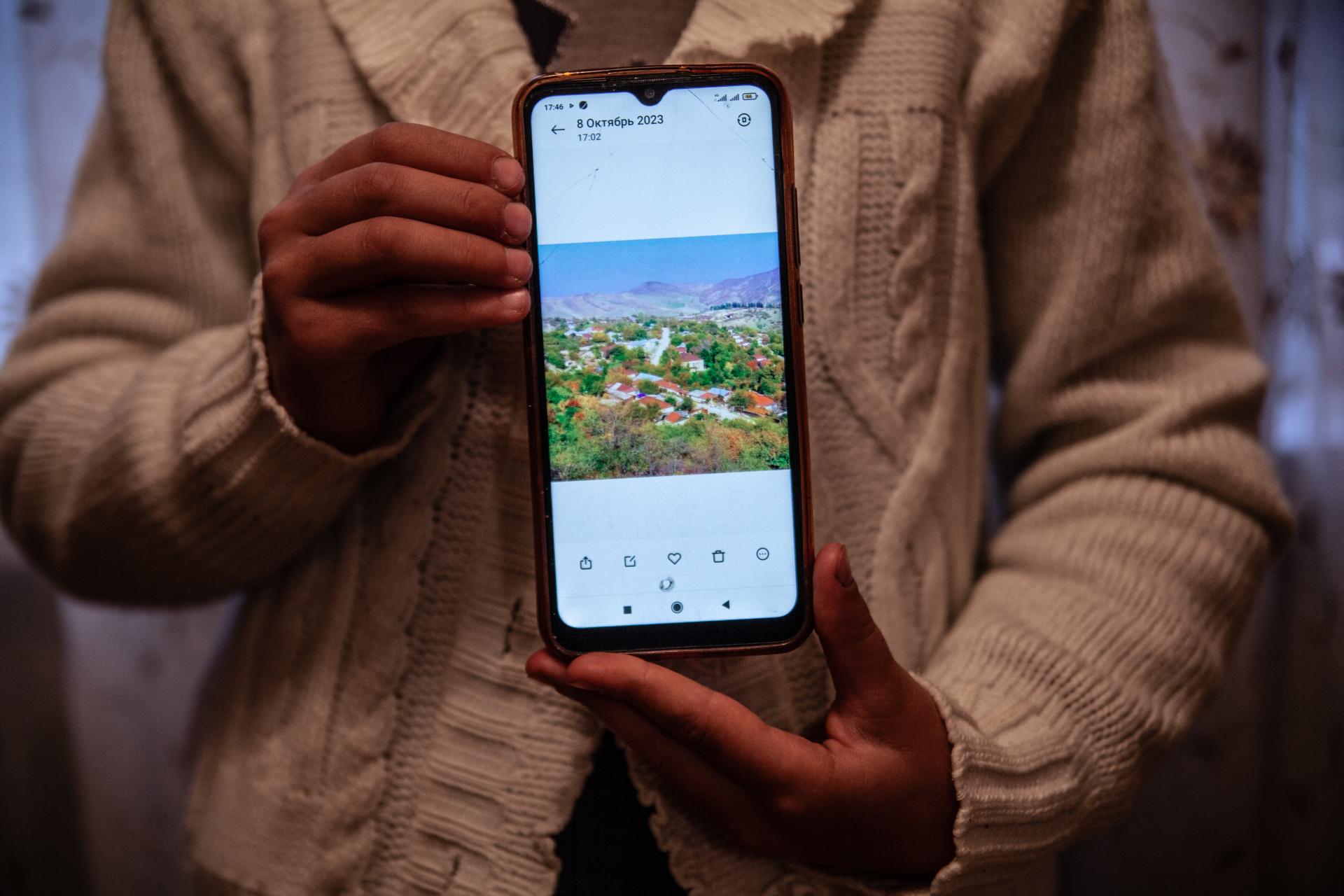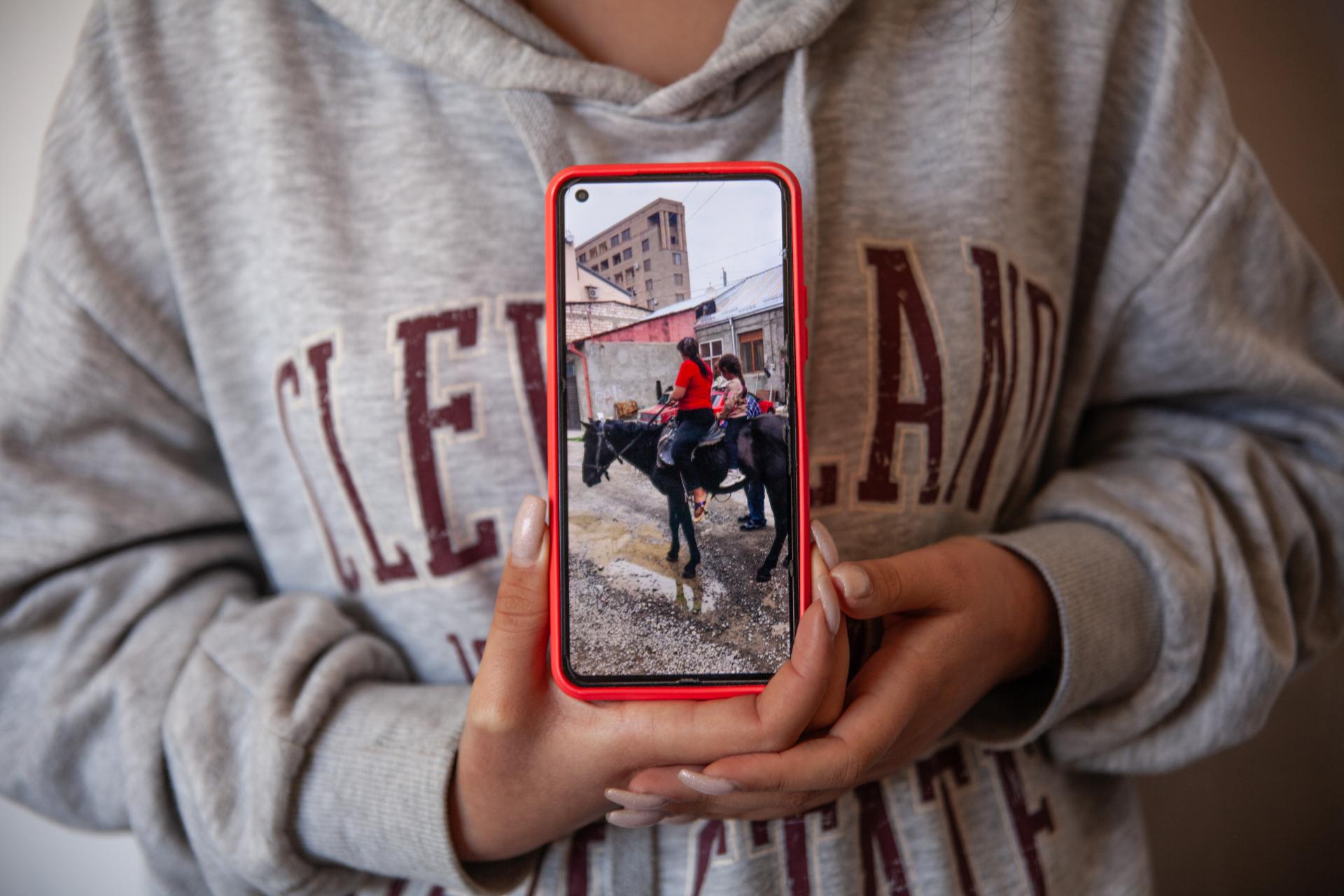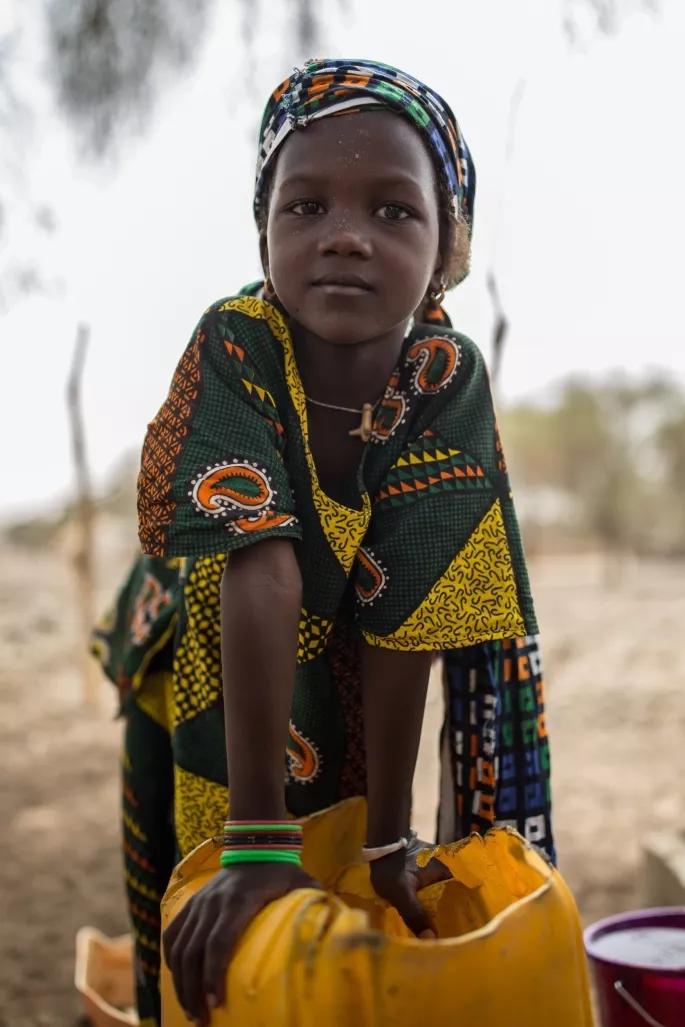

ONE YEAR ON: THE HEARTBREAKING STORIES OF NAGORNO-KARABAKH REFUGEES IN ARMENIA
By Carlotta Wichmann, Action Against Hunger
It has been over a year and a half since the conflict in September and October of 2023 in Nagorno-Karabakh forced more than 100,000 people—almost the entire population—to flee to Armenia. The humanitarian situation remains dire, with the Armenian housing sector struggling to meet the increased demand. The influx of refugees has led to a surge in rental and property prices, making it nearly impossible for the most vulnerable to improve their living conditions without external assistance.
Integration into the labour market is another significant hurdle that refugees face. The labour market in Nagorno-Karabakh was limited, with many people employed in the public sector, and the rapid and life-threatening displacement left most refugees without economic assets, further diminishing their chances of finding employment or starting new initiatives in Armenia.
The psychological well-being of the refugees is perhaps the most critical issue. High levels of trauma and poor mental health are significant obstacles to their self-reliance and ability to contribute to Armenian society.
FROM THE FIELD
During my time spent interviewing refugees from Nagorno-Karabakh, I heard countless stories that deeply moved me. One recurring theme is the profound connection people still feel to their homeland and many people speak of their yearning to return, despite knowing that it is unlikely. They recount the time when, in September and October 2023, they had to make the difficult decision to leave everything behind. All had tried to stay in Nagorno-Karabakh as long as they could, but once the bombs fell on their neighbours’ houses, they were left with no choice but to flee or face death.
The uncertainty about what remains of their former lives is a constant source of pain. Refugees wonder whether their homes are still standing, whether their gardens still exist, and, most heartbreakingly, whether the graves of their loved ones have been destroyed. This deep connection to their lost homes and the struggle to adapt to a new environment is a poignant reminder of the human cost of conflict.

Narine Mirzoyan is a 46-year-old refugee from Nagorno-Karabakh who currently lives in the city of Goris, at approximately 50 kilometres away from the border with Azerbaijan. She left in a small car with 7 people on September 25. They reached Goris on September 27. They were in the road for 2 full days. The only thing Narine took was clothes for her kids (she has approximately 6 children, the oldest in 21, the youngest, 7. All of them left Nagorno-Karabakh with her). Narine also decided to bring some plates and cups because they were new, and she likes them a lot. They also brought some bread, cheese, and water for 1 day. But the journey took longer, so they did not eat nor drink for 24 hours. on the picture : One of Narine's daughters shows in her phone a picture of the village where they used to live in Nagorno-Karabakh. © Elisa Bernal Arellano for Action Against Hunger
The uncertainty about what remains of their former lives is a constant source of pain. Refugees wonder whether their homes are still standing, whether their gardens still exist, and, most heartbreakingly, whether the graves of their loved ones have been destroyed.
PROCESSING TRAUMA
The impact on mental health is particularly severe for children and youth. During my field visit, I saw drawings made by children working with social workers and psychologists to process the trauma of the conflict. These drawings brought tears to my eyes, offering but a glimpse into the horrors witnessed by children as young as six.
Action Against Hunger is committed to addressing the needs of refugees from Nagorno-Karabakh. We have provided cash vouchers, in-kind support, socio-economic integration programs, and mental health and psychosocial support. Our large-scale rehabilitation and reconstruction efforts include social housing, social care and protection facilities, and the rehabilitation of water, sanitation, and hygiene infrastructure. We have also installed adaptive equipment to make facilities accessible to people with disabilities. As a result of our interventions, more than 500 of the most vulnerable people now enjoy decent and dignified housing conditions.

Nora's young sister holds her phone in the apartments where they live now in Parakar, Armenia. The family left Nagorno-Karabakh on 25 September, 2023. She poses to show a picture she took during the time of the 9-month long blockade in Nagorno-Karabakh. The picture shows two neighbors riding the horse Nora's family also used to take to move around and cross many kilometers to reach health facilities, given that, during the blockade, fuel was not available, nor it was public transport.. © Elisa Bernal Arellano for Action Against Hunger
The resilience and strength of the refugees from Nagorno-Karabakh is truly inspiring. Their stories remind us of the importance of our work and the need for continued support to help them rebuild their lives.
